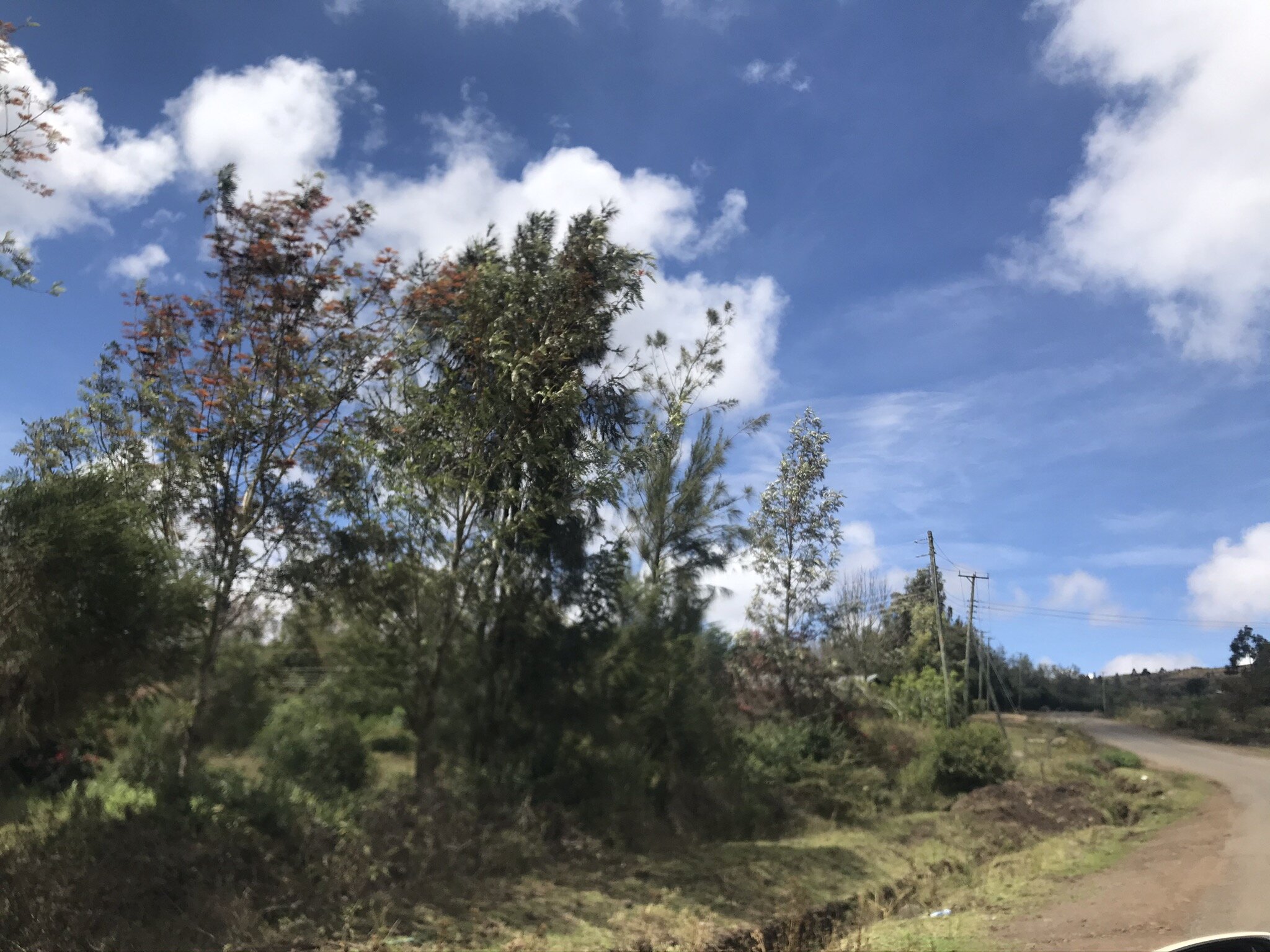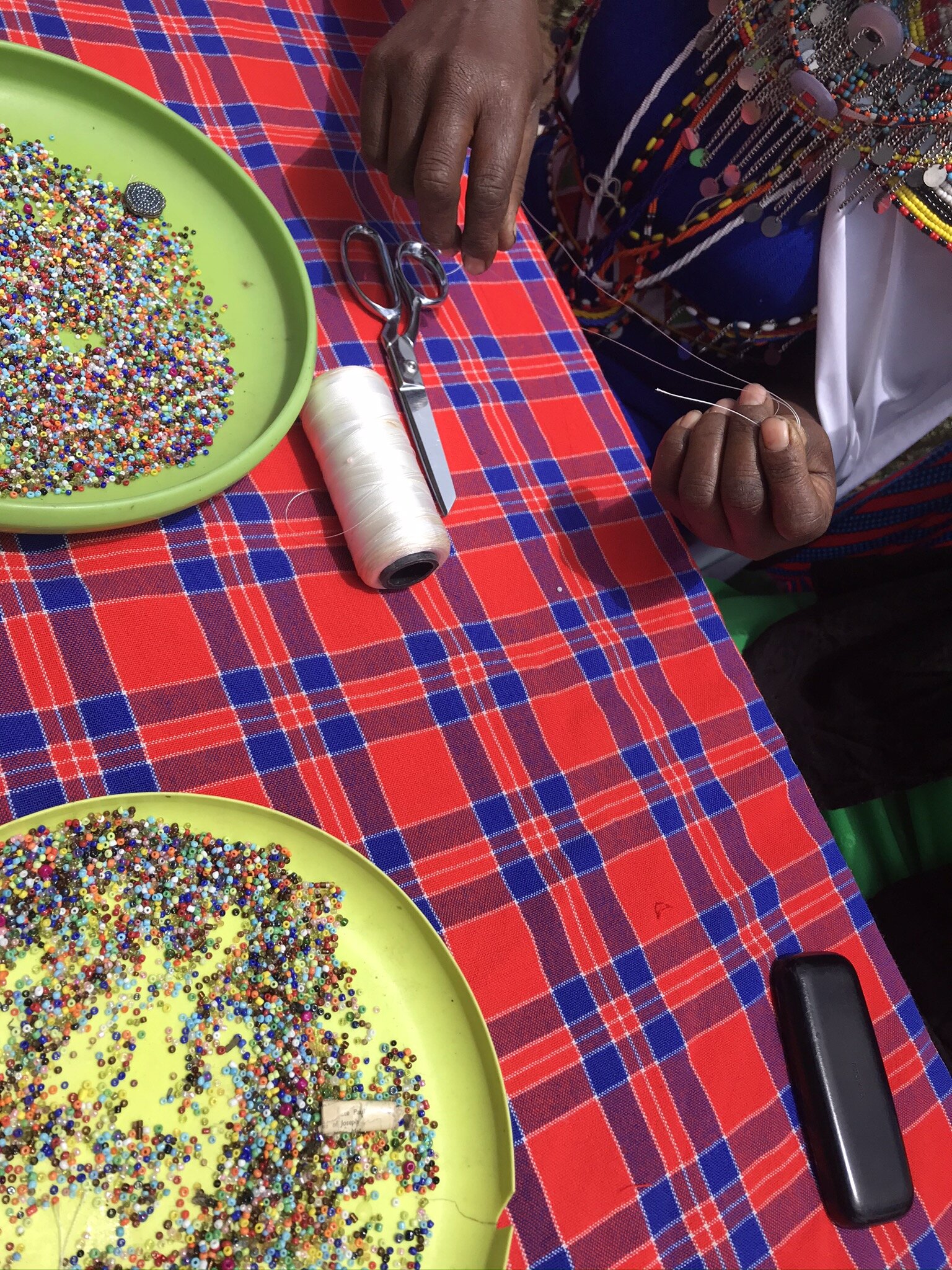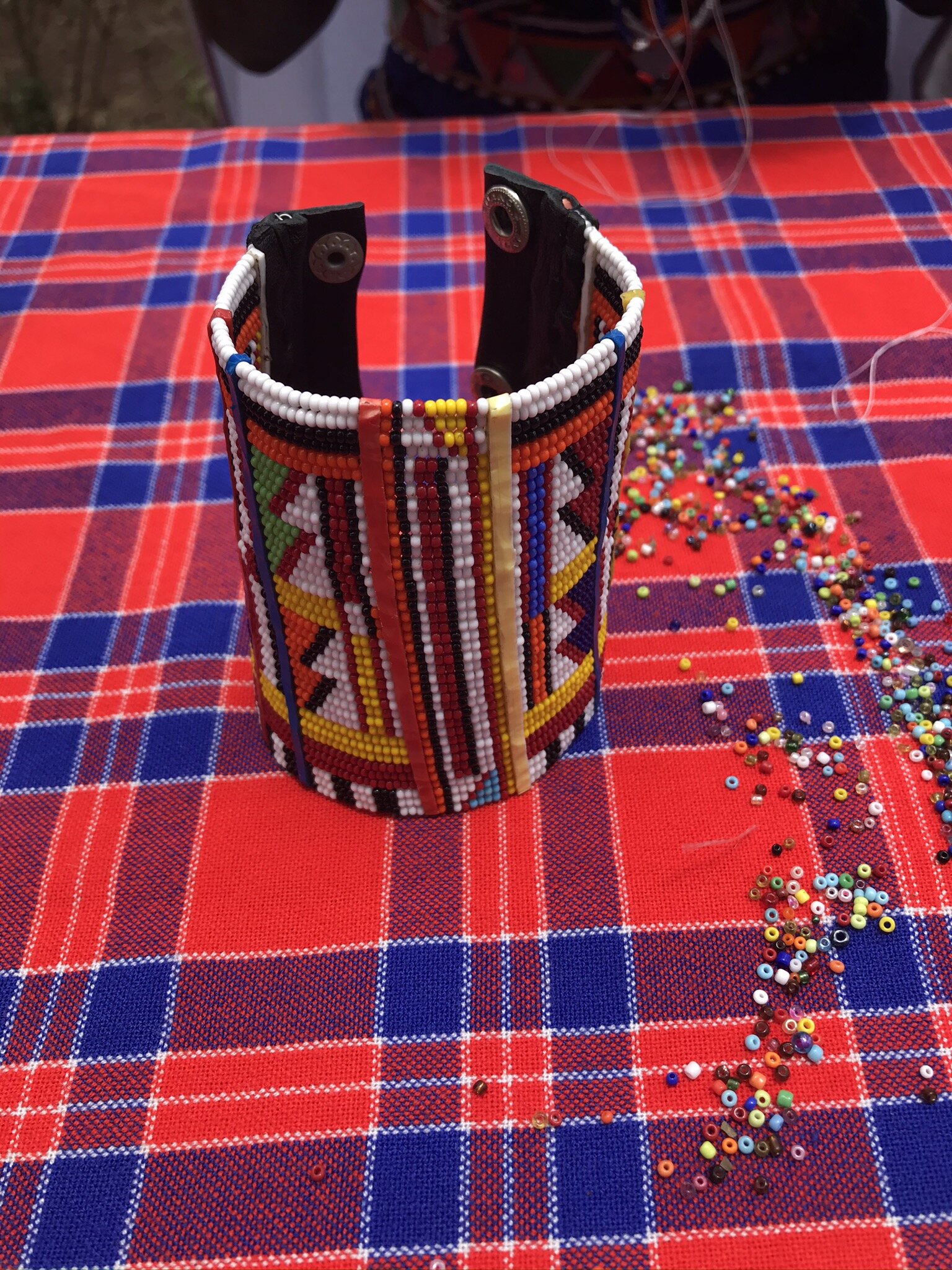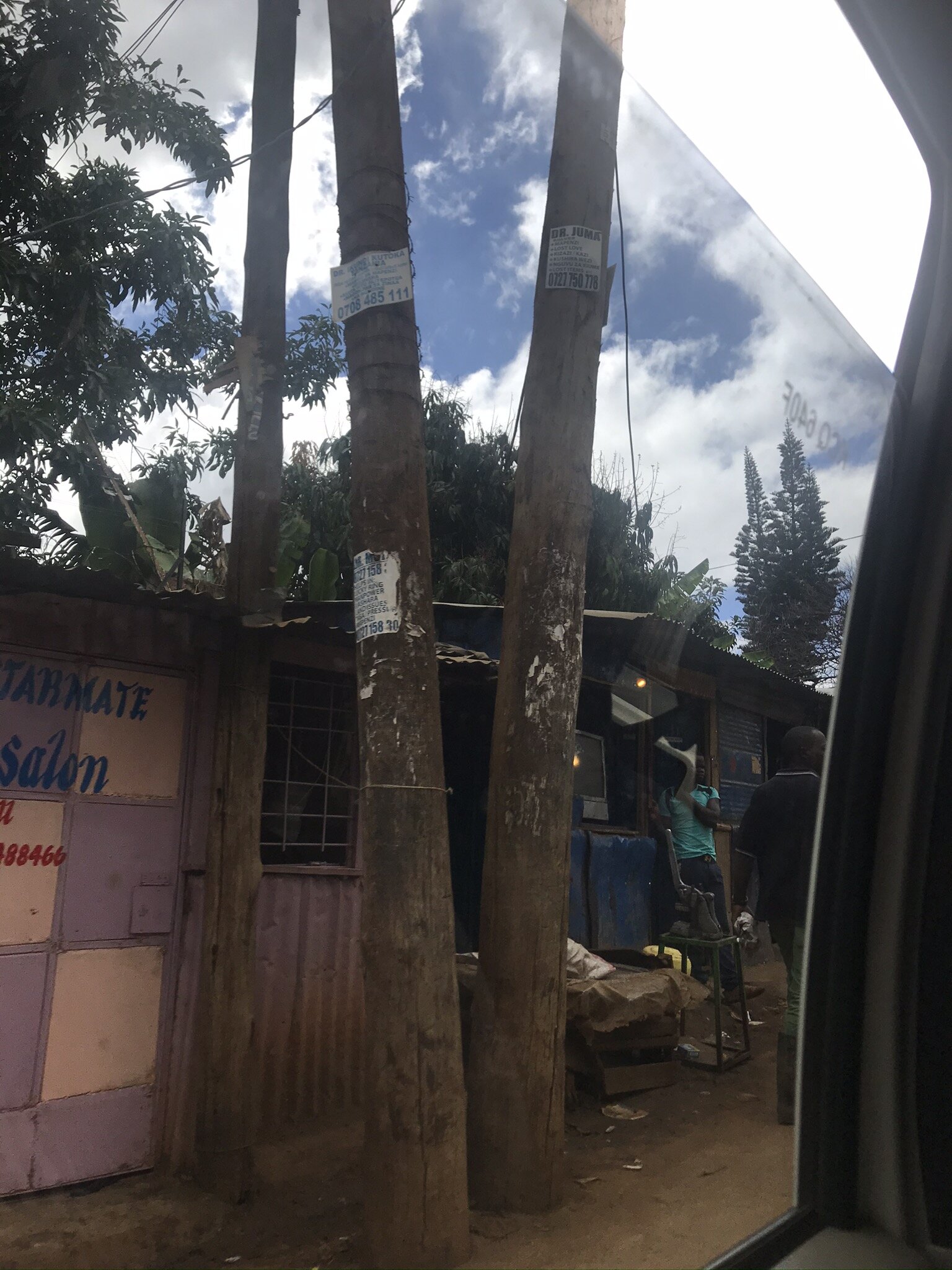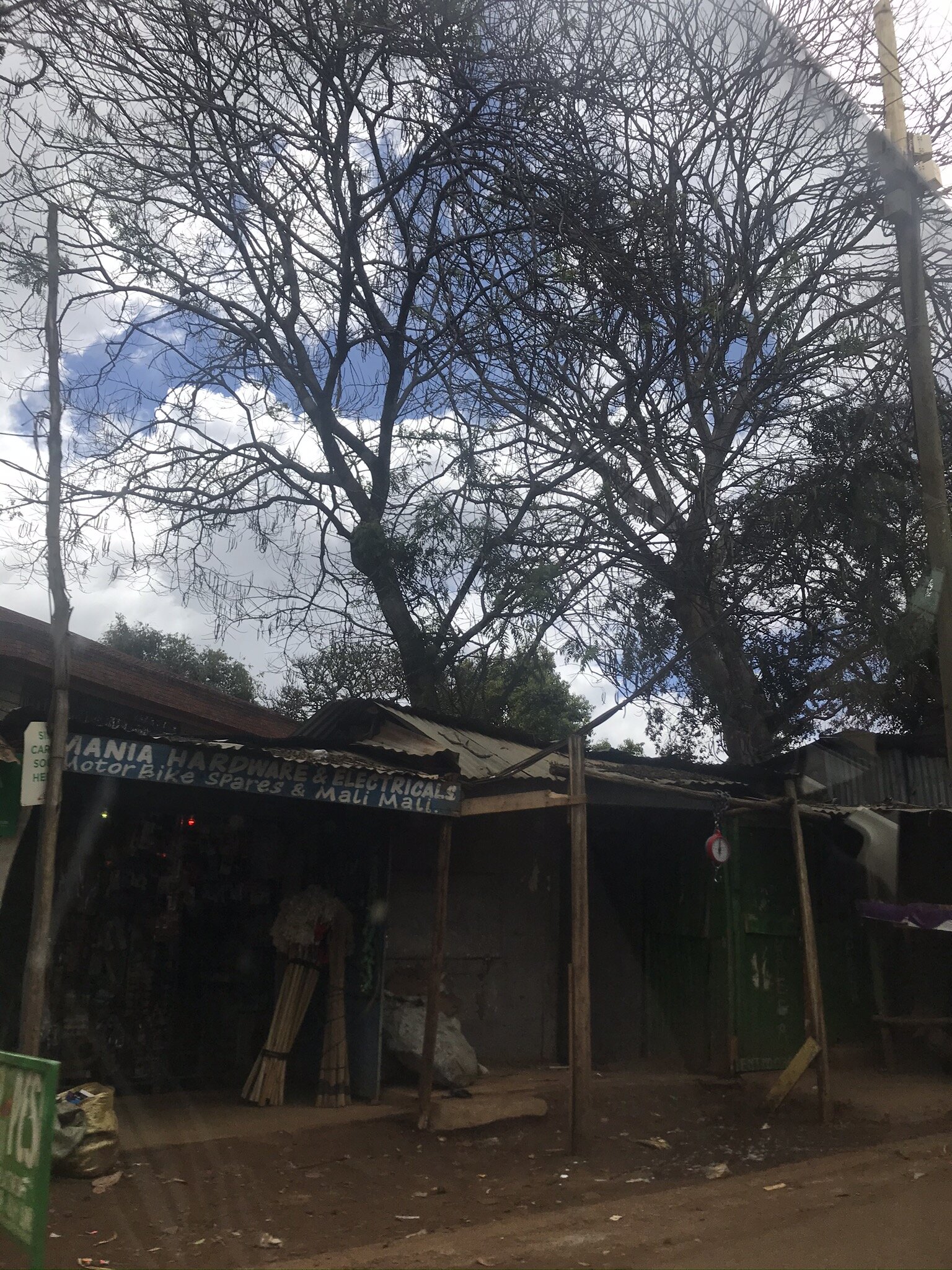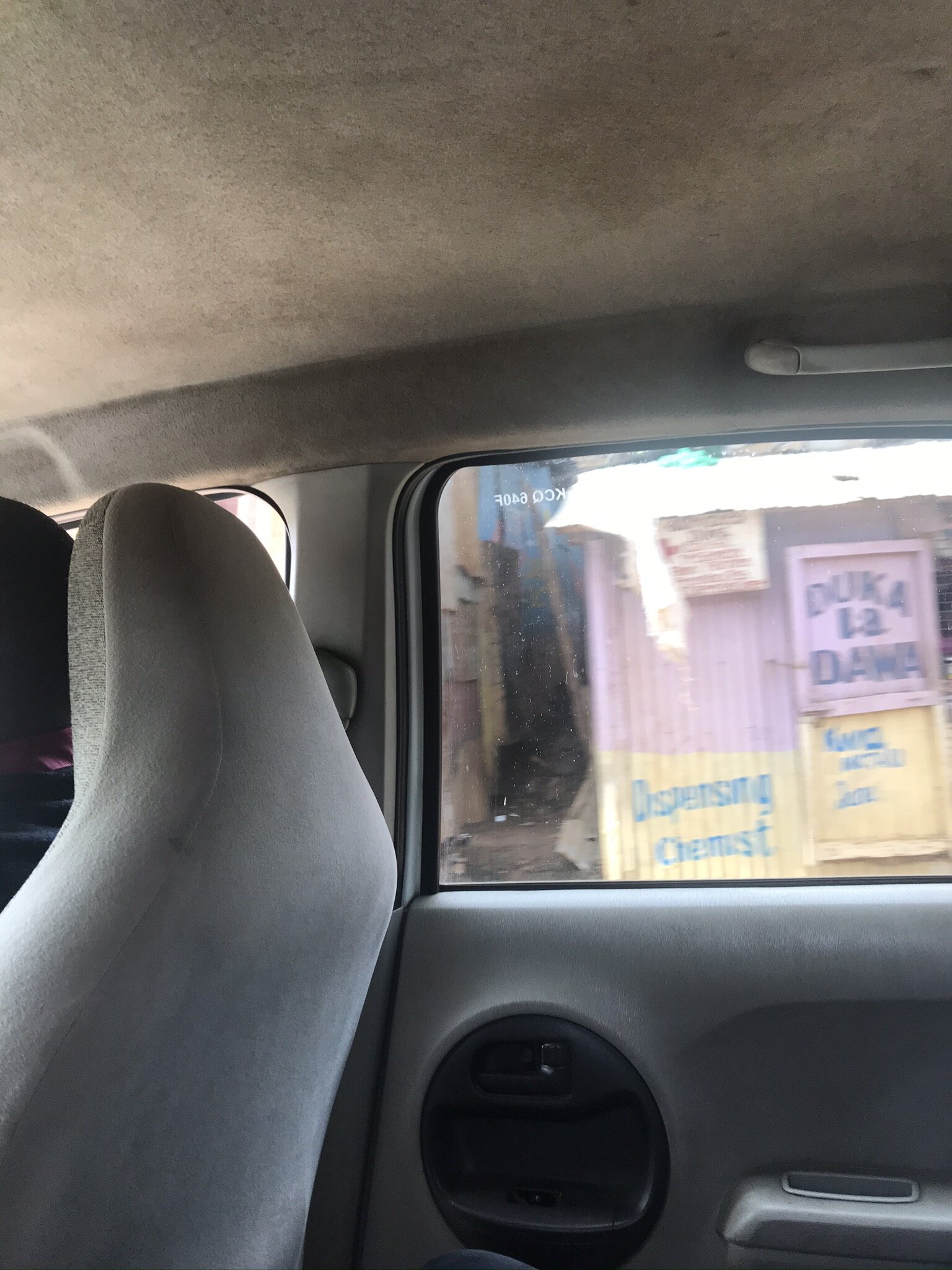TRAVEL BLOG THURSDAY - BEADING WITH THE MAASAI WOMEN || NGONG HILLS || KENYA
LEARNING A CULTURE, AN ART, AND A TOUCHING STORY || NGONG HILLS || KENYA || OCTOBER 2019
Tuesday, October 15, 2019
We woke up on Tuesday morning to grab breakfast again before our excursion.
Tuesday Morning Breakfast
On this day we were going to hang out with some Maasai women and learn the art of beading. I’ll keep this blog short because I really want you to watch the whole video about our experience. It was a life changing experience. I found out about this opportunity on Facebook and messaged Toronda. She is the business owner who set this whole thing up and the cool thing is she went to school in North Carolina! So we had some stuff in common. Anyway, she directed me to her AirBnB experience, linked here. #SupportBlackBusiness I booked and then a few months later, we were off!
Val and George were our tour guides. At this point we were asking everyone we spent time with what tribe they were from so we could learn more about everyone’s culture in Kenya. They are both of the Luo tribe whose base is in the Lake Victoria region. Lake Victoria is mainly split between the border of Uganda and Tanzania with a small portion across the border of Uganda and Kenya. Val is specifically from Kisumu which is a city right on the edge of Lake Victoria. They came and found us in our hotel because we couldn’t call them. We were sitting downstairs after looking for them outside. The phone service wasn’t the best that morning. Once we all met up, we got in the car and drove to the location. On our way we got to see different neighborhoods in the area. We passed matutus (the local buses). They looked like passenger vans. Some were as big as buses, some were as small as tuk tuks. Either way, this mode of transportation was cheaper than Uber or taxis. The matutus are broken up into different companies called saccos; kind of like yellow cab, dollar cab, etc. They were all marked with “KBS” which stands for Kenya Bus Service. We also drove through Lang’ata neighborhood to see some nice houses. We passed Nairobi National Park and learned that Kenya has 47 counties.
We finally got to Paris’ homestead located in Ngong Hills. She is the woman who taught us everything. George let us out of the car and Paris came to great us at the bottom of the hill. The road was pretty muddy, so it was easier for George to drive the car up with just one person in it versus four people.
Some of Paris’ cows
We walked up the hill and greeted Paris’ father. Val and I had to kneel and let him pat us on the head out of respect in their culture. This was not much different than when you bow or prostrate in front of your elders in some other West African cultures. Only thing that was different was Taste Bae and George didn’t have to do that while they would have if for instance, they were greeting my grandmother in Ilorin, God rest her soul. Paris welcomed us into her home, gave us a tour, and showed us pictures of her kids and talked about all the great things they were doing; as any proud mother would. She then showed us around her property and gave us a tour of her first home on the property; a traditional Manyata House that she and the other women in the community built.
Fun fact; my dream is to own a farm with a few goats and chickens and grow a ton of fruits and veggies in South Carolina and then cook for people who come visit the farm. This was fun for me!
Paris’ Manyata and goats.
Paris and I
We spent time with Paris and other Maasai women comparing notes on Maasai and Black American culture. We asked questions back and forth about food, relationships, clothes, etc between the two cultures. She told us that staple foods in the Maasai culture consist of milk, blood, meat, and fat from a cow; like Keto before it was cool. They typically fry the meat in its own fat (confit method for all you classically trained chefs out there. Lol) They eat it with the blood of the animal. They also eat wild meats like Impala. They grow and gather food from the shamba (garden). She had one on her homestead. We learned the traditional fabric Maasai typically wear is called Leso fabric and that Kenyan Maasai are the ones who typically wear more of the colorful beads while the Tanzanian Maasai wear more white beads. I’m pretty sure I got that right but don’t quote me and correct me if I’m wrong. The colors also mean stuff. Paris and her friends taught us how to do a simple beading pattern to make a bracelet. It was relaxing threading the tiny beads onto a thin string and then onto the bracelet (not the one picture. That was way more intricate than we could do). At least I got the hang of it but Taste Bae isn’t one for the intricate crafts. It was hilarious watching him try to work with those tiny beads but one of the women helped him finish… *cough cough* finished it for him.
All dressed up
While we were beading, we heard the amazingly sad and then happy, victorious, and empowering story of Paris’ life. *clap* BLACK *clap* WO-*clap*-MEN *clap* ARE *clap* AH-*clap*-MA- *clap*-ZING!!! I SAID WHAT I SAID!!! Watch her touching story below. Paris gave us permission to film her story and share. Other than beading, Paris also works as a health educator and activist and often shares her story as part of her education.
After we spent such a great time with Paris and her friends, we all piled back in the car including one of her friends. We dropped her off at a bus stop in Kona Baridi so she could go into town to sell her bead works of art. We also got out to take that video of the view at the end of the video. We then drove back to our hotel and stopped at Galleria mall to exchange some more cash.
Travel Tip: Always try to exchange the majority of your cash in town because the airport exchange rates usually ranges from not that good to wack! I would recommend only exchanging enough at the airport to get you to your hotel and to last you until you can get to a Western Union or something.
We stopped by a gift shop to check out some stuff suggested by George. They had some really nice stuff but the owner wasn’t trying to play the haggling game with me that day so we just left. We drove through Kibera, Nairobi’s largest slum, so we could see the range of living conditions within the city but mainly to beat rush hour traffic. As well as the location where the flag was raised during first independence from the British.
Once back in the hotel room, I showered and order UberEats; of course, using Taste Bae’s phone. Did I tell y’all the story of why I’m banned from using Uber? *nervous laugh* Anyway, I ordered some chapati, pilau beef, fish and ugali, mandazi, and one samosa from Tunic Kitchen. I wanted to taste everything. It was bedtime after watching a little TV. You know, I always say I’m gonna keep the blog post short but I rarely do. Ha!
Meal from Tunic Kitchen
Until next time folks…
Thanks for reading all these words and watching the video!
Love ya!
Taste Tutor

